Materials & craftsmanship
FAQs
Our wooden frames are made from sustainably sourced wood. They provide a classic look and come in a wide range of styles, colours and sizes. We also offer an extensive collection of eco-friendly frames made from Polynate, which contain up to 95% recycled polystyrene and are fully recyclable at the end of their lifecycle.
Most of our bespoke picture frames include protective glazing, with the material depending on the frame size. Smaller frames typically come with clear, distortion-free glass, while larger frames use acrylic. Acrylic is shatter-resistant, ultra-lightweight and cost-effective, making it ideal for shipping and large-scale projects.
We also offer specialist glazing options, including non-reflective and UV-protective finishes, to suit different display needs. However, canvas frames do not come with glazing. If you need a frame without glazing – such as for an oil painting – just let us know.
Glass provides excellent clarity, is highly scratch-resistant and offers a traditional, sturdy feel – making it ideal for smaller frames.
Acrylic is much lighter, shatter-resistant and a safer option for larger frames or high-traffic areas. While it can attract dust and scratch more easily than glass, it offers similar clarity and is available with UV and anti-glare options.
We generally use glass for smaller frames and acrylic for larger ones, but you can request your preferred glazing option for any size.
A mount (also known as a mat) is a decorative and protective border placed between your artwork and the frame. It enhances the presentation by adding depth and contrast while also preventing direct contact with the glazing, reducing the risk of moisture buildup, dust transfer, and adhesive damage.
We recommend using mounts for paper-based artwork, photographs and prints to prevent sticking and warping over time. Our mounts are conservation-grade, acid-free and lignin-free, ensuring long-term protection. Choose from a variety of colours, thicknesses and styles – including single, double and multi-aperture mounts – to complement your piece perfectly.
We provide a range of custom frame mounts to suit different framing needs:
- Single mounts: A classic, clean border for a professional finish.
- Double mounts: A layered effect that adds depth and dimension.
- Multi-aperture mounts: Designed to showcase multiple images within one frame.
- Specialist mounts: Including slip mounts for depth, printed mounts for branding and signature mounts for handwritten messages.
All our mounts are precision-cut, available in a variety of colours and made with acid-free materials for lasting protection.
Yes, all our mount boards and backing boards are conservation-grade, acid-free and lignin-free, protecting your artwork from yellowing, discolouration and deterioration over time. We use high-quality materials designed to meet professional framing standards.
For premium conservation framing, we also offer specialist rag mats and barrier papers for extra protection. Our mounts are designed to preserve your artwork while enhancing its overall presentation.
Yes, our custom mounts can be ordered separately. If you're looking to purchase mounts without a frame, please get in touch to discuss your specific needs.
Float mounting is a technique where the artwork is mounted on top of the backing, making the edges of the piece visible within the frame, giving it a "floating" appearance. This is ideal for artworks with decorative edges, such as watercolours with deckled edges, or for objects like stamps or small prints.
To achieve this look, we use foamboard lifts or archival hinges to attach the artwork to a slightly smaller backing, leaving a gap around the edges. A spacer or elevated mount is used to keep the glass from touching the artwork, resulting in a clean, professional look that highlights the piece's edges or texture.
Float mounting works well for items with ornate borders, handmade paper or ephemera. If you'd like your artwork float mounted, simply let us know. We’ll select an appropriate backing and ensure the piece is centred or slightly offset for visual balance. This technique is also archival, using acid-free backings and proper hinges to preserve the artwork.
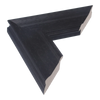 Artistic
Artistic
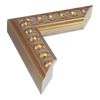 Beaded
Beaded
 Box
Box
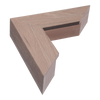 Chunky
Chunky
 Colourful
Colourful
 Contemporary
Contemporary
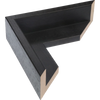 Deep
Deep
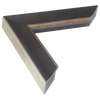 Distressed
Distressed
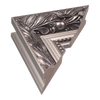 Elegant
Elegant
 Luxurious
Luxurious
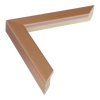 Metallic
Metallic
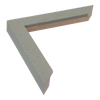 Minimalist
Minimalist
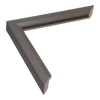 Modern
Modern
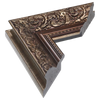 Ornate
Ornate
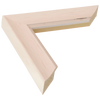 Rustic
Rustic
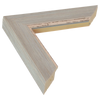 Scandinavian
Scandinavian
 Thin
Thin
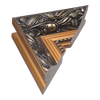 Traditional
Traditional
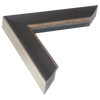 Weathered
Weathered
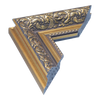 Wide
Wide
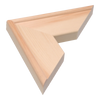 Wooden
Wooden
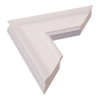 Allure
Allure
 Angle I
Angle I
 Angle II
Angle II
 Baroque I
Baroque I
 Baroque II
Baroque II
 Baroque III
Baroque III
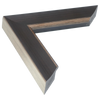 Beach House I
Beach House I
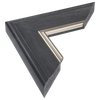 Beach House II
Beach House II
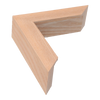 Box
Box
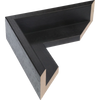 Canvas Float I
Canvas Float I
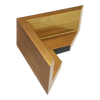 Canvas Float II
Canvas Float II
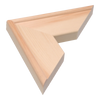 Canvas stretcher bars
Canvas stretcher bars
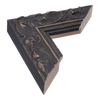 Chateau
Chateau
 Chroma
Chroma
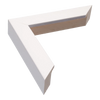 Classic I
Classic I
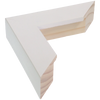 Classic II
Classic II
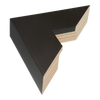 Classic III
Classic III
 Cube
Cube
 Cushion
Cushion
 Diploma
Diploma
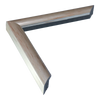 Echo
Echo
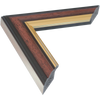 EcoEmpire
EcoEmpire
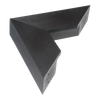 Edge
Edge
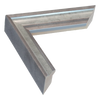 Elegance
Elegance
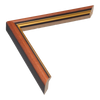 Empire I
Empire I
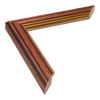 Empire II
Empire II
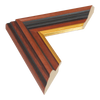 Empire III
Empire III
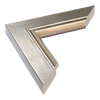 Florenza
Florenza
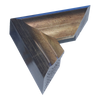 Flow I
Flow I
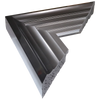 Flow II
Flow II
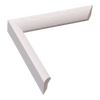 Flux
Flux
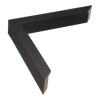 Gelato
Gelato
 Geo
Geo
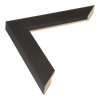 Grace
Grace
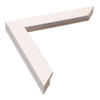 Groove I
Groove I
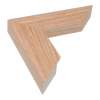 Groove II
Groove II
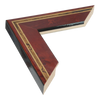 Heirloom
Heirloom
 Hermitage
Hermitage
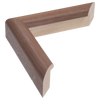 Hockey I
Hockey I
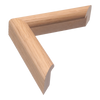 Hockey II
Hockey II
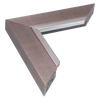 Inset
Inset
 Lacquer
Lacquer
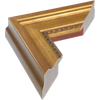 Laurel
Laurel
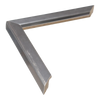 Legacy
Legacy
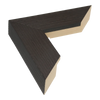 Linear II
Linear II
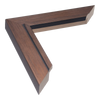 Lined
Lined
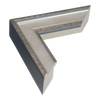 Majestic
Majestic
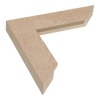 Metro
Metro
 Milano
Milano
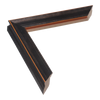 Monarch
Monarch
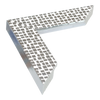 Mosaic
Mosaic
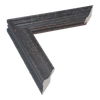 Muse I
Muse I
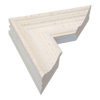 Muse II
Muse II
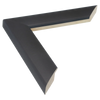 Nero
Nero
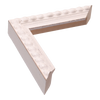 Nimbus
Nimbus
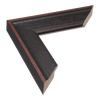 Nordic
Nordic
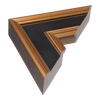 Palazzo
Palazzo
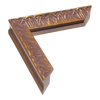 Portico
Portico
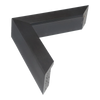 Prima
Prima
 Pure
Pure
 Regency
Regency
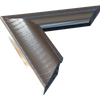 Ripple
Ripple
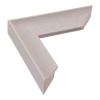 Scoop
Scoop
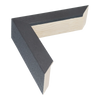 Solid Box
Solid Box
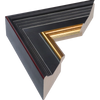 Sovereign
Sovereign
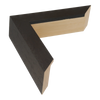 Spacer I
Spacer I
 Spacer II
Spacer II
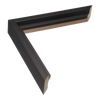 Step
Step
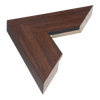 Strata
Strata
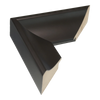 Swoop
Swoop
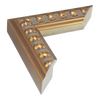 Tivoli
Tivoli
 Tribeca
Tribeca
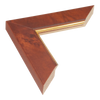 Waldorf
Waldorf
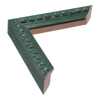 Beaded
Beaded
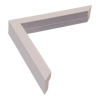 Brushed
Brushed
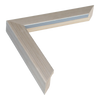 Chrome
Chrome
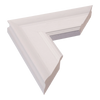 Distressed
Distressed
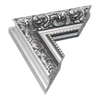 Gilded
Gilded
 Gloss
Gloss
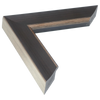 Grain
Grain
 Matt
Matt
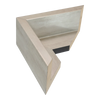 Metallic
Metallic
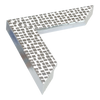 Mirrored
Mirrored
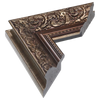 Ornate
Ornate
 Painted
Painted
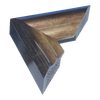 Smoked
Smoked
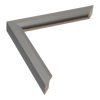 Smooth
Smooth
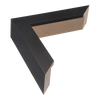 Stained
Stained
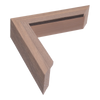 Veneered
Veneered
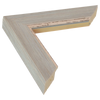 Washed
Washed
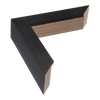 Wood
Wood